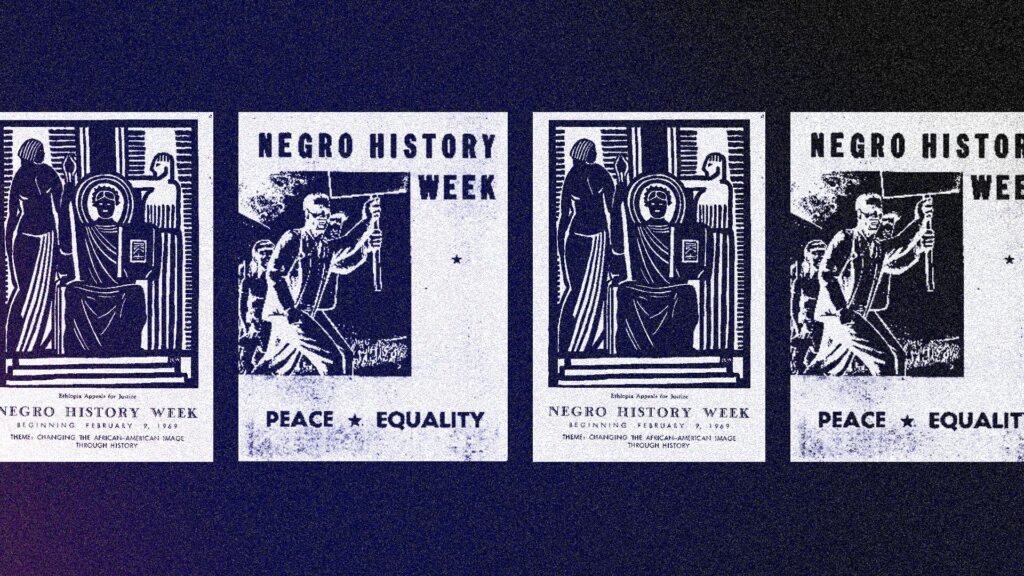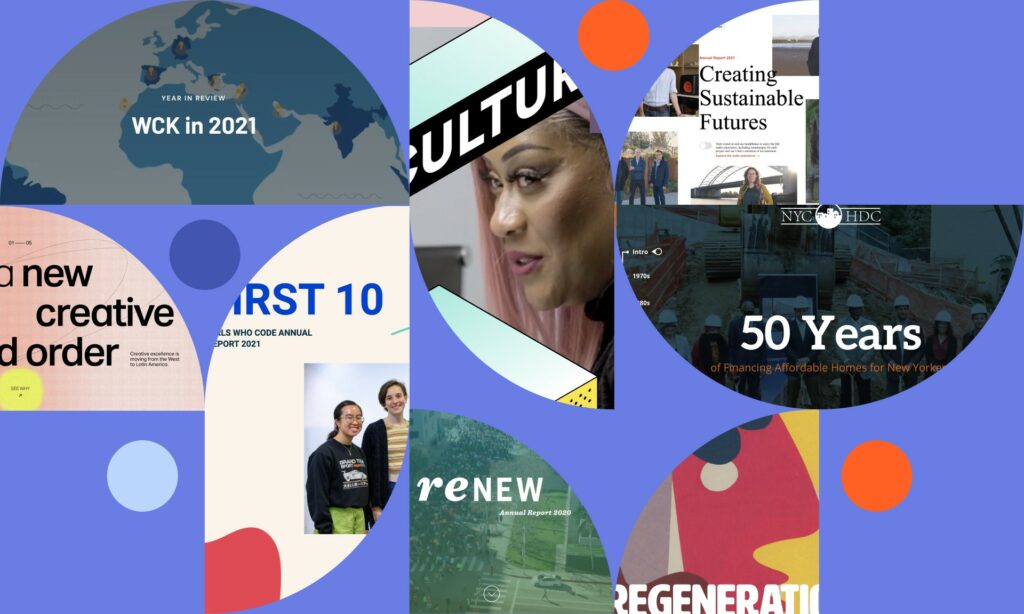
Welcome back! Over the last couple of weeks, we shared some tips to help you create your messaging guidelines and put together a copywriting team—now it’s time to start writing.
Today, we are focusing on things to consider to help your copy reach your audiences, and keep them engaged and interested as they navigate through your site.
Make it scannable
People read books, but they scan web pages. Take this into consideration to make information as easy to digest and approachable as possible.
To ensure that your readers get the most out of your website, you want to create copy that supports the habit of scanning. This means short, succinct paragraphs, headings and subheadings that tell readers what to expect in a section, and bulleted or numbered lists that showcase must-have bits of information.
You can also achieve this by using quote pull outs, colored headings, or other visual tools to call out specific information. This highlighted information should offer pathways to deeper content for the reader who is interested in learning more.
Taking these steps makes your copy reader-friendly and helps improve the overall experience of someone visiting your site.
Funnel your information
Building off of the habit of scanning, most people go to a website to get the most important information fast. What that means for copywriting is that you want to include the most attention-grabbing and relevant information first, and funnel your information from there.
Think of the organization and presentation of information on the new website as an inverse pyramid with three tiers:
- The first tier will provide an at-a-glance understanding of your purpose and approach.
- The second tier will provide more context and added detail around the key points of the first tier.
- The third tier will provide more detailed information to serve specific purposes and audiences.
This allows your reader to see the most important content first, and assures they don’t miss anything crucial if they’re scanning or skimming the site. It also creates opportunity for deeper exploration of your site where relevant and pertinent to a particular reader.
Use bullet points and lists
A great way to simplify information and visually call out importance is through lists and bullet points. Take advantage of this simple way to break down a long explanation, or summarize an important point. Bullet points and lists naturally call our attention to the most critical things you want to share, so your reader doesn’t have to go searching for them.
Use your messaging guidelines
Remember the messaging guidelines you created for your organization? Use them. The easiest way to ensure consistency regardless of who is writing copy or what page the copy is on is to utilize these set rules that you’ve come up with.
When you start to overthink your writing, take advantage of the messaging guidelines. Rely on them to guide you to write consistent copy across your site. Allow them to inspire you or realign you when you’ve thought too much about a simple sentence.
Create copy that is both independent and cohesive
One of the most overlooked aspects of learning how to write web content is that people don’t interact with web content in a linear way: for example, they may come across a page about one of your organization’s programs through a Google search without first looking through your homepage or “About” Section. For this reason, you want to make sure that every page on your site can be independent and make sense on its own, but also follow a standard that ties them all together (think back to voice, tone, and style).
Be sure to check back on your grammar guidelines, use of vocabulary, and ensure that every page is cohesive and sounds like it belongs on the same site.
Assign a point person
Even with strict messaging guidelines in place, it’s important to have a designated point person to process copy before it is migrated into your site. This person can take a final look over copy, ensure that guidelines are being followed, and content is cohesive.
The point person can be someone from your internal team, or an expert copywriter. You can read back in our post about assembling a copywriting team to figure out what will work best for your organization.
Avoid jargon
When you’re invested in any industry, it’s easy to communicate and understand terms and jargon within that particular sector. It’s important to remember, though, that most of the visitors to your website will not be as familiar with your industry, and avoiding jargon will increase engagement and interaction on your site.
Think less
On a similar note as avoiding industry-specific terms and jargon, many people get tripped up on the idea that they need to sound “smart” on their website. The bottom line is that you want to be understood by your audience, and create copy that is relatable, compelling, and engaging.
That said, start by writing the way you talk. This approach will help you stay true to yourself and your company, and will also help to keep readers interested.
In Conclusion
Remember that good copy is good copy regardless of the medium. The tips and tricks we’ve highlighted in this post will help, but the most important thing to focus on is creating well-written copy that is clear, organized, and appropriate for the audience you are trying to reach.
We hope that this series has been helpful and has lessened any fear or anxiety that is often tied to the idea of creating copy for your organization’s new website. If you have any more questions, comments, or concerns, don’t hesitate to reach out to us – we’re happy to help!














